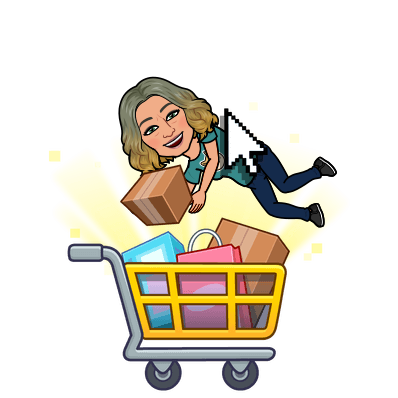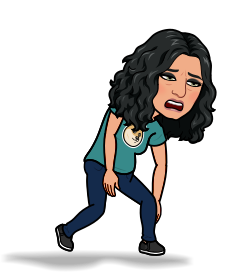3 great sites to role-play shopping for clothes
I don’t know about you, but I love getting dressed in the morning. I know, not everyone does, but I do. In fact, there is a whole other version of me in a multiverse somewhere who is a fashion stylist. I love the colours, the textures the shapes and what style conveys to your entourage.
I also love teaching the vocabulary related to clothes and style in my ESL classes. We go “shopping” and role-play asking for certain pieces including colours, price, size, etc. But as with everything, I like to use real websites to do this following the Whole Language method. However, I am selective with my sites. They need to be clean, have clear names for the clothes (sometimes marketing can make things more complicated than it needs to be) and have good descriptions. Full disclosure, I have taken some writing contracts where I produce those descriptions, so I am especially critical of quality language there.
Here are some of my favourites sites and why:
I can barely afford the clothes at BR, but I appreciate the simplicity of the pieces and the short, but well-crafted descriptions.
Clothes are for women only, so that is a bit of a bummer, but the descriptions tell a story. So nice. Make sure you click on the drop downs, it will tell you “Why we love it” which is great vocab for the role of the salesperson, and also gives you advice on what to wear it with. And it’s Canadian ❤️
The descriptions are short, but full of juicy adjectives. They also carry shoes which can enhance your dialogue options.
DISCLAIMER😜
You might be tempted to buy. I get no commission on sales. Yes I love to shop, and yes I like these shops, but mainly I like these sites because the sites are easy to click through and the descriptions are well written and interesting to teach with.


















